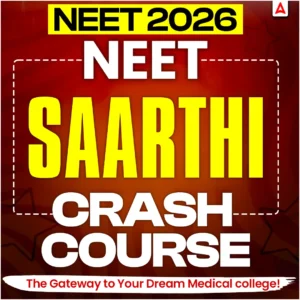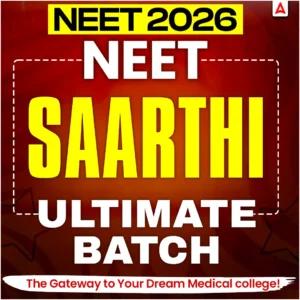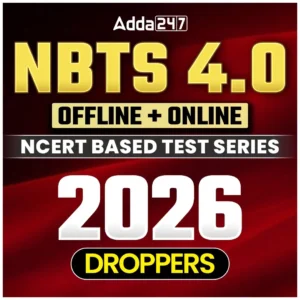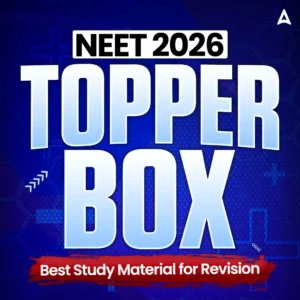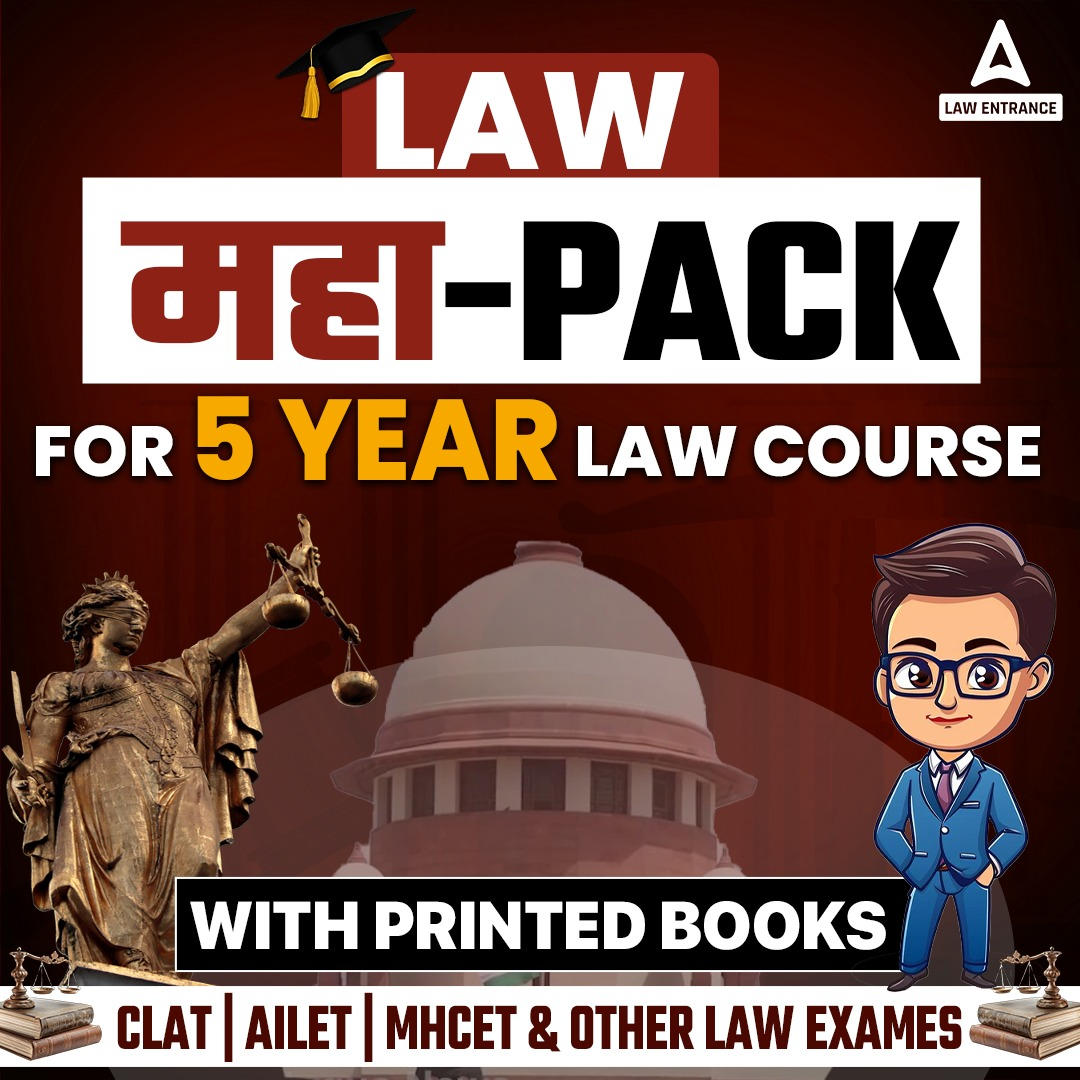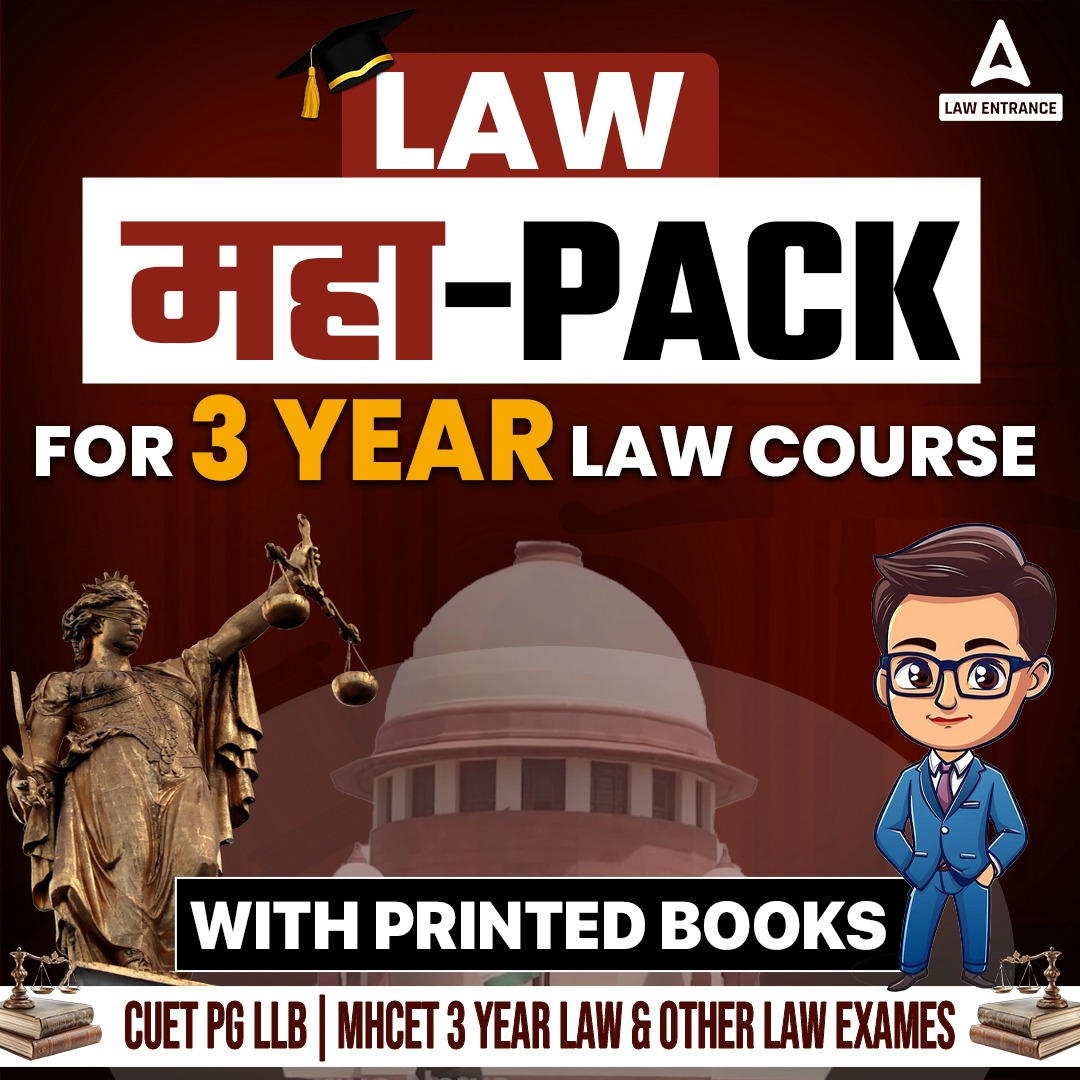CBSE Class 12 Physical Education Answer Key 2025 OUT: The CBSE conducted the Class 12 physical education exam on February 17 from 10:30 AM to 1:30 PM. As the exam is now over, we have shared the CBSE Class 12 Physical Education Question Paper 2025 with the Answer key for all sets on this page. The Physical Education Board exam was taken by students of every stream. Students can download the Question Paper pdf as well as the most accurate CBSE Class 12 Physical Education Answer key 2025 on this page.
CBSE Class 12 Physical Education Answer Key 2025
Students who took the exam stated that the CBSE Class 12 Physical Education paper was well-structured and balanced, with questions that covered the entire syllabus. Students also felt that the CBSE Class 12 Physical Education paper to be moderate and scoring. The questions were clear, and the multiple-choice section was very easy. The case studies needed some thinking, but they were manageable.” The overview of the exam is given below.
- Exam Date: [17th February, 2025]
- Subject Code: [048]
- Exam Duration: 3 Hours
- Maximum Marks: 70
CBSE Class 12 Physical Education Question Paper 2025 PDF Download
The official question paper pdf for the CBSE class 12 physical education exam 2025 is provided here for free download. Students can use this question paper to crosscheck their answers as well as to prepare for the upcoming exams.
Physical Education Class 12 Answer Key 2025 for All Sets
SECTION – A
(All Questions are compulsory.)
1. Which one of the following is a post-competition responsibility of the technical committee?
(A) Requisition to purchase equipment
(B) Arrangement of equipment and stationery
(C) Arrangement of officials
(D) Maintenance of the field
Answer: (D) Maintenance of the field
2. Which of the following is an objective of Intramural tournaments?
(A) To achieve high performance at the highest level of the tournament.
(B) To develop the feeling of integration with other institutions.
(C) To provide opportunities for choosing a career in sports.
(D) To promote health and recreation at the institution.
Answer: (D) To promote health and recreation at the institution
3. Which of the following deformities is NOT related to lower extremities?
(A) Knock-Knee
(B) Scoliosis
(C) Bow-legs
(D) Flat-foot
Answer: (B) Scoliosis
4. Brisk walking, running, bicycling and jumping are related to which activities?
(A) Speed activities
(B) Strength activities
(C) Endurance activities
(D) Co-ordinative activities
Answer: (C) Endurance activities
5. As per the prescribed syllabus, Suryabhedan Pranayam is recommended for
(A) Obesity
(C) Asthma
(B) Hypertension
(D) Back pain
Answer: (C) Asthma
6. Identify the asana:
(A) Chakrasana
(C) Halasana
(B) Dhanurasana
(D) Ushtrasana.
Answer: The image depicts (B) Dhanurasana.
7. Given below are two statements.
Assertion (A): The International Paralympic Committee (IPC) has developed a classification process which can contribute to sporting excellence for all athletes and sports in the Paralympic Movement, 1 and provide equitable competition.
Reason (R): The classification process serves two roles. The first is to determine who is eligible and the second is to group the sportspeople for competitions.
In the context of the above two statements, which one of the following is correct?
(A) Both Assertion (A) and Reason (R) are true and Reason (R) is the correct explanation of the Assertion (A).
(B) Both Assertion (A) and Reason (R) are true, but Reason (R) is not the correct explanation of Assertion (A).
(C) Assertion (A) is true, but Reason (R) is false.
(D) Assertion (A) is false, but Reason (R) is true.
Answer: (A) Both Assertion (A) and Reason (R) are true and Reason (R) is the correct explanation of the Assertion (A).
8. …………. are the colours, that represent the four regional confederations in the Deaflympic logo.
(A) Red, blue, black and yellow
(B) Blue, yellow, black and red Blue, black, red and yellow
(C) Red, blue, yellow and green
(D) Blue, Black, Red and Yellow
Answer: (C) Red, blue, yellow and green
9. What type of lever has the load resistance between the fulcrum and the force?
(A) First class lever
(C) Both (A) and (B)
(B) Second class lever
(D) Third class lever
Answer: (B) Second class lever.
10. The scientific name of Vitamin ‘C’ is
(A) Betadine acid
(C) Acetonic acid
(B) Ascorbic acid
(D) Hydrochloric acid
Answer: (B) Ascorbic acid.
11. Given below are two statements…
Assertion (A): The risk of cancer can be reduced by eating more colourful vegetables, fruits and other plant foods that have certain phytochemicals in them.
Reason (R): Non-nutritive components of the diet are part of a balanced diet. In the context of the above two statements, which one of the following is correct?
In the context of the above two statements, which one of the following is correct?
(A) Both Assertion (A) and Reason (R) are true and Reason (R) is the correct explanation of the Assertion (A).
(B) Both Assertion (A) and Reason (R) are true, but Reason (R) is not the correct explanation of Assertion (A).
(C) Assertion (A) is true, but Reason (R) is false.
(D) Assertion (A) is false, but Reason (R) is true.
Answer: (B) Both Assertion (A) and Reason (R) are true, but Reason (R) is not the correct explanation of Assertion (A).
12. In which test, the score is recorded to the nearest centimetre between the initial and final score?
(A) Partial curl-up
(C) Sit and reach test
(B) Back stretch test
(D) Chair sit and reach test
Answer: (C) Sit and reach test.
12. Match the types of fractures in List – I with their features in List – II and choose the correct option:
| List – I (Types of Fractures) | List – II (Features) |
| Transverse | (i) Bone breaks diagonally |
| Oblique | (ii) Bone is crushed into multiple pieces |
| Green stick | (iii) Straight break across the bone |
| Comminuted | (iv) Soft bone, in which bone bends |
The correct matching is:
(a) Transverse – iii. Straight break right across a bone.
(b) Oblique – i. Bone breaks diagonally
(c) Green stick – iv. Soft bone, in which bone bends
(d) Comminuted – ii. Bone is crushed into a number of piece
Answer: (B) iii i iv ii.
14. “The golf ball remains at rest until it is struck by a golf club.” This statement indicates –
(A) Law of Inertia
(B) Law of Acceleration
(C) Law of Gravity
(D) Law of Reaction
Answer: (A) The Law of Inertia.
14. Given below are traits of the big five theories of personality in List – I with their characteristics in List – II:
List – I (Traits of Big 5) List – II (Characteristics)
- Openness (i) Active, optimistic, and social
- Extroversion (ii) Insecure, nervous, and anxious
- Neuroticism (iii) Creative, focused on tackling new challenges and curious
- Agreeableness (iv) Friendly, helpful, and trustworthy
- iii – i – iv – ii
- ii – i – iii – iv
- iv – ii – iii – i
- iv – i – ii – iii
16. The concept of ________ generally refers to a person’s evaluation of, or attitude towards, him or herself.
(A) Mental-imagery
(B) Self-esteem
(C) Self-talk
(D) Goal-setting
Answer: (B) Self-esteem
17. The Swedish word speed play is also known as
(A) Fartlek training
(B) Interval method
(C) Continuous method
(D) Pace method
Answer: (A) Fartlek training
18. In which type of exercise movement can NOT be seen directly?
(A) Iso-tonic
(B) Iso-kinetic
(C) Iso-metric
(D) Plyometric
Answer: (C) Iso-metric
SECTION – B
(Attempt any 5 questions.)
- Suggest any two corrective measures for each, bow legs and round (1+1 = 2)
- Enlist four benefits of participation in physical activities for children with special (½ × 4 = 2)
- Enumerate any two myths related to food items with their respective (1+1 = 2)
- Mention the fitness index score formula and its norms for the Harvard Step (1+1 = 2)
- Mention any two strategies for enhancing adherence to (1+1 = 2)
- When wrestlers fall on the mat, why do they spread their arms, knees, and legs? Justify your answer. (2 marks)
SECTION – C
(Attempt any 5 questions.)
- “The organisation of its community sports reflects the progress of any country.” In the context of this statement, outline ‘Run for a specific cause’ and ‘Run for unity’. (1½ + 1½ = 3)
- Describe the physical and psychological benefits of women’s participation in (1 × 3 = 3)
- Define Explain the methods to improve flexibility for a gymnast. (1 + 2 = 3)
- Mention any three importance of diet during (1 × 3 = 3)
- Describe the following:
- Residual Volume
- Stroke Volume (1½ + 1½ = 3)
- Compare and contrast the hostile and instrumental (3)
CBSE Class 12th Physical Education Answer Key 2025
Students who took the physical education board exam can now use the comprehensive Class 12 physical education Answer key 2025 provided below to assess their exam performance
Physical Education Class 12 Question Paper Pattern
The CBSE Class 12 physical education question paper consists of different types of questions. The detailed exam pattern has been shared below to help students score excellent marks.
|
Section Name
|
Question Numbers
|
Type of Questions
|
Marks per Question
|
Total no. of Questions
|
Attempt Required
|
Word Limit
|
|
A
|
1 – 18
|
Multiple Choice Questions (MCQs)
|
1
|
18
|
All compulsory
|
–
|
|
B
|
19 – 24
|
Very Short Answer Questions
|
2
|
6
|
Any 5
|
60-90 words
|
|
C
|
25 – 30
|
Short Answer Questions
|
3
|
6
|
Any 5
|
100-150 words
|
|
D
|
31 – 33
|
Case Study-Based Questions
|
4
|
3
|
Any 2 (with internal choice)
|
–
|
|
E
|
34 – 37
|
Long Answer Questions
|
5
|
4
|
Any 3
|
200-300 words
|
Class 12th Physical Education Most Repeated Important Questions
The CBSE Class 12 physical education most important repeated questions that has the most chances of being repeated again in this exam has been shared below. Make sure to revise them below.
Chapter: Women and Children in Sports
Q1. Explain the symptoms & corrective measures of kyphosis?
Q2. Discuss about the female athlete triad.
Q3. Enlist any four corrective measures for Knock-knees.
Q4. What are the advantages of physical exercises for children and adults of 5to17 years of age
Q5. Suggest some physical activities for 1 to 2 years of children.
OR
Enlist the physical activities for the children of 1 to2 years of age
Q6. Enlist or suggest physical activities for the children of 3 to 4 years of age.
Q7. Mention the symptoms causes & corrective measurs of knock knee.
Q8. Disscus the symptoms, causes & corrective neasuns of flat feet?
Q9. Descibe the symptoms, causes & corrective measuring of scoliosis?
Q10. Discuss the symptoms, causes & corrective measure of bow legs?
Q11. Express the reasons for woment to have less participation in sports?
Q12. Elucidate the steps to improve participation of women in sports & games.
Q13. What do you mean by female triad? Explain the causes of it?
Q14. Explain the forms of eating disorders associated with distorted body image.
Chapter: Management of Sporting Event
Q1. What is planning and what are the objectives of the planning or explain the objectives of the planning?
Q2. Briefly explain the functions of Directing and Controlling to organize sports event.
Q3. Explain any two functions of marketing committee, before and during the sports competition.
Q4. Write down the role of the various committees post tournament
Q5. Define Intramurals.
Q6. Define Extramurals.
Q7. What is Health Run?
Q8. What is run for fun?
Q9. Define extramurals. Write its objectives and principles
Q10. Explain the meaning of specific sports programme? Write its contribution for society.
Q11. Briefty explain the objectives of intramural tournaments.
Q12. Write down the activities for the intramural tournament.
Q13. Write down the importance of the extramural tournament.
Chapter: Physical Education & Sports for (CWSN)
Q1. In relation to the pictures, answer the following questions:
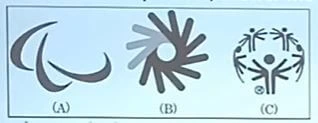
(a) Logo shown in picture__________ refers to Special Olympic.
(b) Who was the founder of Special Olympics?
(c) According to figure ‘B’, the hand shapes of ‘OK’, ‘Good’ and ‘Great’ that overlap each other in a circle,, represent the original sign for
(d) How many countries participated in the first Paralympic Games in Rome (Italy) in 1960?
OR
The motto of Paralympics is____________
Q2. Describe some organizations promoting adaptive sports.
Q3. Explain the concept of inclusion.
Q4. Explain any three strategies to make physical activities accessible for children with special needs.
Q5. What is the difference between Classification and Divisioning In disability sports?
Q6. Describe ‘Maximum Effort Rule’ used in Special Olympics?
Q7. Suggest any five strategies to make physical activities accessible for children with special needs.
Q8. Explain the advantages of physical activities for children with special needs.
Chapter: Yoga as Preventive Measure for Lifestyle Disease
Q1 State any four benefits of Kapalbhati. Benefit of kapalbhati
Q2. Describe the procedure and any two benefits of Pavanmuktasana. Procedure of Pavanmuktasana.
Q3. List down any four asanas used for prevention of Hypertension. Explain the procedure and contraindication of any one of them with help of a stick diagram.
Q4. Explain Procedure of Tadasana (as specimen)
Q5. Explain the procedure of Pawanmuktasana.
Q6. What do you understand by the Ardha Matsyendrasana?
Q7. Explain the procedure of Paschimottasana
Or
Discuss any two benefits of Paschimottasana.
Q8. Write any two benefits of the Gomukhasana.
Q9. State two contraindication of Tadasana.
Chapter: Test and Measurement in Sports
Q1. Explain the procedure of six minute walk test.
Q2. Describe the method of sit and reach test.
Q3. Explain the procedure for administering any three test items of Rikli and Jones Test.
Q4. Rudra is working on a project to collect data for assessing Physical Fitness amongst Senior Citizens at his residential complex. He plans to administer test for assessing Lower body Flexibility; Upper Body Flexibility and Lower Body Strength. List the test(s) he should conduct and also explain in detail the procedure of its administration along with scoring system.
Q5. List down the test items of Rikli and Jones fitness test and explain the procedure of anyone.
Q6. Illustrate the procedure to measure speed, agility and balance of a Senior Citizen.
Q7. Explain the procedure for administering chair sit and reach test and chair stand test in detail.
Q8. What is BMI Calculate BMI of a child whose weight is 72 kg and height 1.68 mt.
Q9. make a table of test items listed under fitness test by SAI (Age group 9-18 yrs) along with the objectives of conducting them. Explain the administration of any one of them.
Chapter: Sports & Nutrition
Q1 Fill in the blanks
(i) Vitamin B is a group of 8 water-soluble vitamins which are important for cellular metabolism.
(ii) Scurvy disease is caused due to lack of Vitamin C.
(iii) Vitamin D is important for healthy bones and teeth.
(iv) Vitamin K is needed for blood-clotting.
OR
Night blindness occurs due to the deficiency of Vitamin _____A_______
Q2. Explain balanced diet and its function in our body.
Q3. Write the functions of Vitamin D and Vitamin K and mention their sources.
Q4. List down two sources and two functions of protein.
Q5. Write importance of protein for our body.
Q6. Write difference between simple and complex carbohydrates.
Q7. Write briefly about minerals as an important nutritive component.
Q8. Explain the role of any two macro-nutrients in our body.
Q9. Explain fat soluble and water soluble vitamins and their sources.
Q.10 What do you understand by non nutritine components of diet? Explain the importance of any two such components.
Q11. What is BMI? Calculate BMI of a child whose weight is 72 kg and height 1.68 mts.
Q12. Difference between macro and micro nutrients.
Q13. How food tolerance is treated? What are symptoms? Explain in brief.
Q14. Describe myths of dieting.
Q15. Mention five pitfalls in dieting.
Chapter: Biomechanics and Sports
Q1. The teachers as well as coaches always make their best efforts to improve the performance of their students in various competitive games and sports. They can help to improve the performance of students if they have adequate knowledge of biomechanics.
- a) The more force one exerts on the downward bounce, the higher the ball bounces into the air. Which law is this statement being referred to?
- b) Among the above given pictures, Newton’s 3rd law is depicted in _________
- c) Newton’s second law is also known as _________
- d) The study of human body and various forces acting on it is ________
OR
A high jumper can jump higher off a solid surface because it opposes his or her body with as much force as he or she is able to generate. This example refers to which law of motion?
Q2. Explain the various factors affecting projectile trajectory.
Q3. With suitable examples explain the application of Newton’s law in sports.
Q4. What are the various types of friction? How is friction advantageous or disadvantageous in the field of games and sports? Explain with suitable examples.
Q5. Define Projectile.
Q6. Define friction in sports.
Q7. State Newton’s laws of motion and explain their implication in Sports of your choice.
Q8. Define Projectile and explain any two factors affecting projectile with help of examples from sports.
Q9. What is Friction? Write the advantages and disadvantages of friction by giving suitable examples from sports.
Chapter: Physiology & Injuries in Sport
Q1. Elaborate the physiological factors determining endurance and strength.
Q2. Enlist the classification of sports injuries.
Q3. Elaborate the effects of exercise on size of the heart.
Q4. Explain the physiological factors determining Strength and Speed.
Q5. Create a flow chart for common Sports Injuries while enlisting the sub parts.
Q6. List any four changes happening in the muscular system due to exercising.
Q7. Create a flowchart to explain classification of sports injuries.
Q8. Discuss physiological factors determining speed.
Q9. What type of fracture is known as Greenstick Fracture?
Q10. On the basis of physiological parameters, mention any two gender differences.
Q11. Which type of sports injury is known as “Strain”?
Q12. What do you mean by soft tissue injuries?
Q13. What are the effects of exercise on Respiration System? Write in detail.
Q14. What is the effect of exercise on cardio respiratory system and muscular system?
Q15. Explain any 2 physiological factors, help in determining endurance.
Q16. Explain any two types of soft tissue injuries with help of examples.
Q17. Explain any three physiological factors determining strength.
Q18. Briefly explain any two factors determining endurance.
Q19. Elucidate any four types of fractures.
Q20. Elucidate any six effects of exercise on muscular system.
Chapter: Training in Sports
Q1. Define Endurance.
Q2. Describe Fartlek training method.
Q3. Explain the types of coordinative abilities.
Q4. Explain any three types of coordinative abilities.
Q5. Explain Fartlek training method along with its advantages.
Q6. Explain the methods to improve flexibility with help of examples.
Q7. Define explosive strength with help of example.
Q8. What is the meaning of the Isotonic method and it is used for developing which ability.
Q9. What are the salient features of the Fartlek training method?
Q10. Define flexibility and methods to develop flexibility.
Q11. List down any four advantages of fartlek training method.
Q12. Define flexibility along with its types. Explain any two methods used to develop flexibility.
Q13. Define Flexibility and list down its types.
Q14. Define strength and explain any two methods to develop it.
Chapter: Psychology and Sports
Q1. Describe the types of personality.
Q2. Explain the Jung’s classification of personality.
Q3. Explain briefly the two types of Aggression.
Q4. Explain aggression in Sports. Discuss the role of aggression in context to its types.
Q5. Enlist the Big Five Theory Personalities and describe any three of them while comparing their characteristics.
Q6. Explain any three personality types of Big five theory.
Q7. Define aggression. Discuss any 2 types of aggression.
Q8. What are the personality traits according to the big five theory?
Q9. What do you understand by “Goal Setting”?
Q10. How can we enhance the sports performance with the help of self-talk and self-esteem? Explain.
Q11. List down any four benefits of self talk by athletes in sports.
Q12. Make a table explaining any three personalities from Big five theory and their characteristics. (3 Marks)

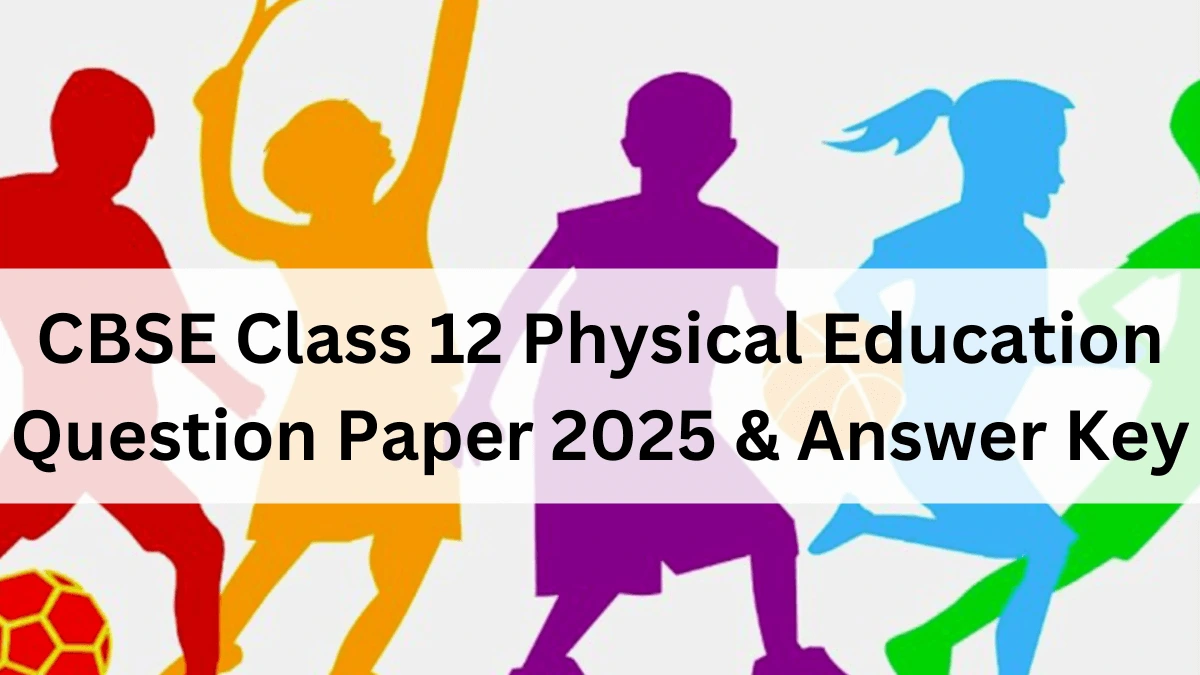



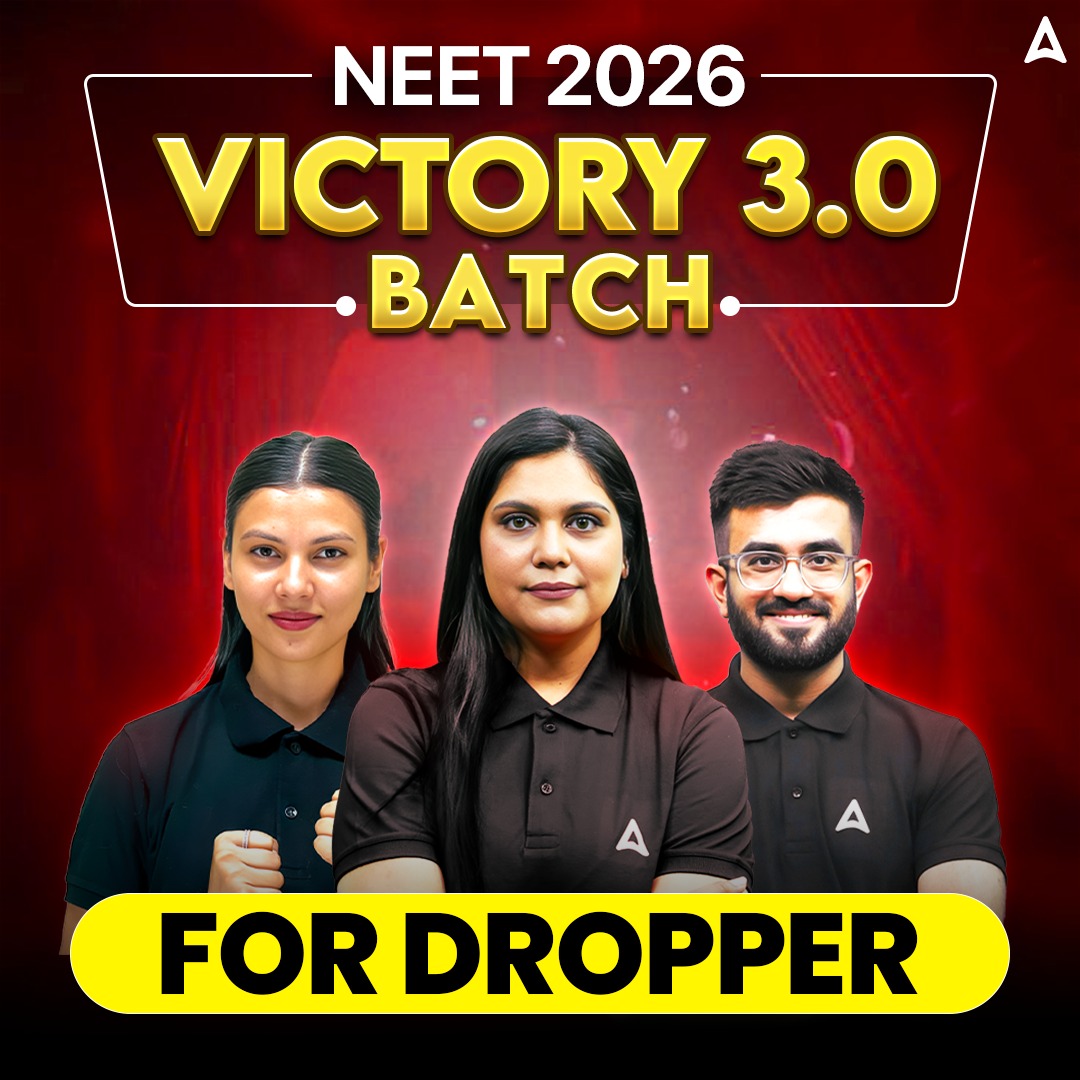




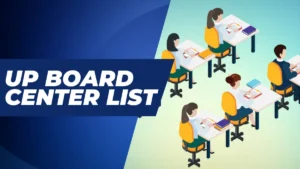 UPMSP Center List 2026 Released, Check D...
UPMSP Center List 2026 Released, Check D...
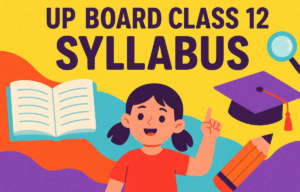 UP Board Class 12 Syllabus 2025-26 Out, ...
UP Board Class 12 Syllabus 2025-26 Out, ...
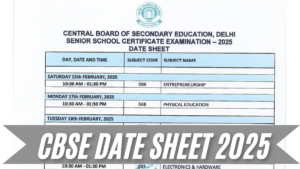 CBSE Date Sheet 2025 Out, Download Class...
CBSE Date Sheet 2025 Out, Download Class...
